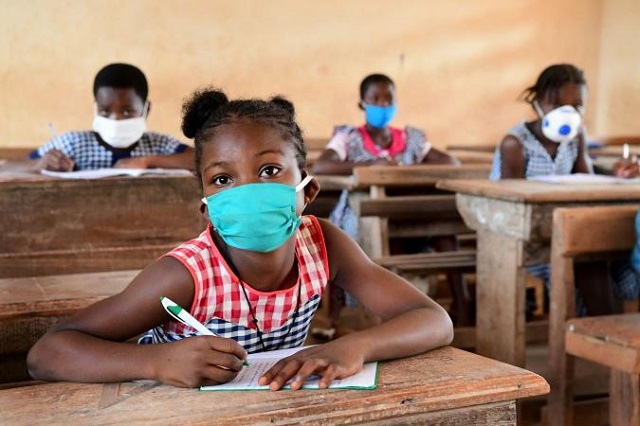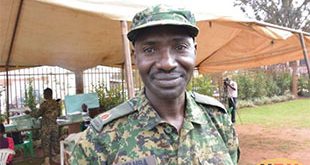
Kampala, Uganda | THE INDEPENDENT | A new study has showed that children are not wearing face masks properly as recommended by the World Health Organization (WHO) to protect themselves from the Coronavirus (COVID-19).
The study by the Makerere University School of Public Health was conducted between August and September among 372 children.
The researchers say when they asked the children to demonstrate how to wear and remove masks safely, none of them followed the recommended steps and only 1 percent followed the recommendations for removal.
Dr. Christine Nalwadda, a principal investigator says slightly over 22.3% washed their hands with soap and water before touching the mask and 31.18% avoided touching the mask surfaces.
Eight participants she says did not follow any of the recommended steps when putting on a facemask. When asked to demonstrate how to remove a face mask, only two children (0.54%) followed the recommended steps.
Also, they found nine in ten children couldn’t properly wash their hands.
These findings come amidst a surge in COVID-19 cases in the country and children remain one of the vulnerable groups that need protection especially now that schools are slowly reopening after total lockdown.
Already, some schools have recorded positive cases but the researchers that sought to explore children’s understanding of the pandemic and it’s preventive strategies say that the current crisis communication in response to the Coronavirus is mainly designed to and for adult audiences.
However, even as the children seem left out in the messaging, majority in this study at 75 percent knew that the virus is spread through droplets, and about 85% knew at least one symptom of COVID-19. Majority of the children identified cough, and other flu-like symptoms plus fever as key symptoms.
The children aged 10 to 13 years were interviewed from 18 randomly selected villages from Mparo and Bujumbura Divisions in Hoima Municipality.
The researchers say they chose to do this research in Hoima because it was one of the districts where the first COVID-19 case was recorded in April.Hoima is also a border district, making it a risky district. Additionally, Hoima has a regional referral hospital which is a regional COVID-19 treatment centre.
According to researchers data from the district give hints on what is happening country wide and therefore recommend more inclusive risk communication to tap into young audiences with the plans to fully open up schools next year.
“The focus of risk communication should be beyond the preventive messaging. Stakeholders should find innovative ways of teaching children how to overcome COVID-19 and enhancing the young people’s role as agents of change is of global and national interest and is urgently required given its implication in reopening of schools and intergenerational contacts,” says Lydia Kabwijamu, a Co-Investigator.
She adds that children should be empowered on how to implement the best practices such as hand washing and safe wearing of facemasks. However, when the children were asked about their concerns regarding the pandemic, many we’re anxious and worried about their future and had questions especially about their school attendance amidst the pandemic.
********
URN
 The Independent Uganda: You get the Truth we Pay the Price
The Independent Uganda: You get the Truth we Pay the Price


